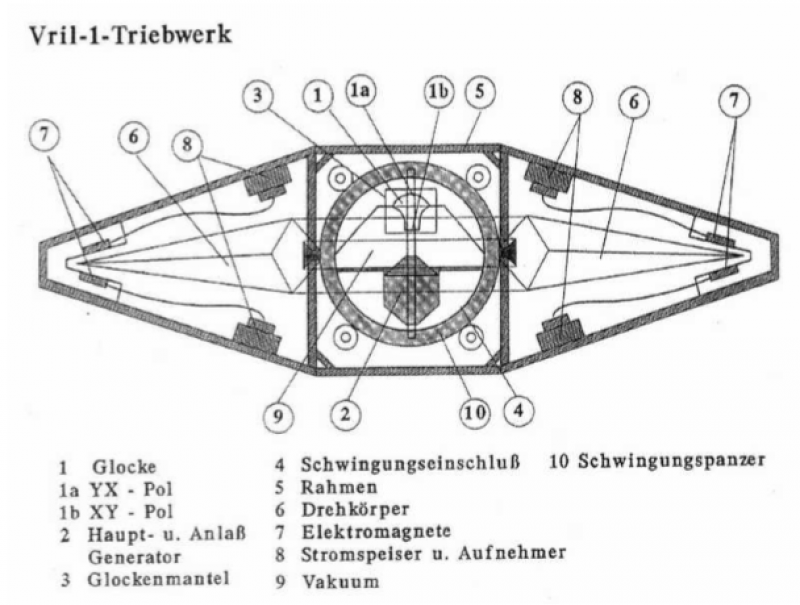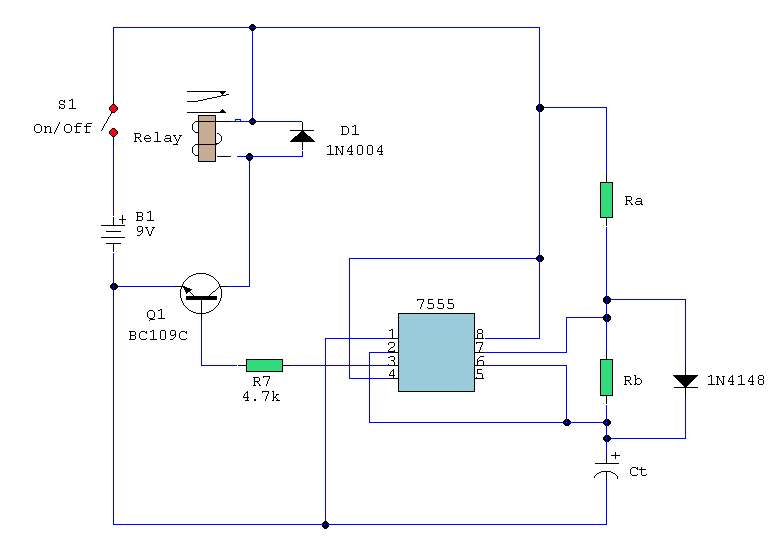
Asymmetric Electrodynamic Machines

Ian, I obtained some hedges from the local motor repair shop, and they also provided me with a large flat sheet of material before I departed. After having to re-bend a...
The provided text appears to be an incomplete description regarding the acquisition of materials from a motor repair shop. In an electronic context, "hedges" may refer to components used for electrical shielding or protection in circuit design, while a "large flat sheet" could indicate a sheet of conductive or insulating material utilized in constructing circuit boards or enclosures.
In the development of an electronic schematic, the integration of these materials would typically involve the following considerations:
1. **Hedges**: If the hedges refer to shielding components, they can be implemented to minimize electromagnetic interference (EMI) in sensitive circuits. The schematic should detail the placement of these components around critical areas, ensuring that they effectively cover the necessary sections of the circuit. Proper grounding techniques should be indicated to ensure that the shielding is effective.
2. **Flat Sheet Material**: The large flat sheet could be made of materials such as copper, aluminum, or FR-4 (a common PCB material). If it is conductive, the schematic would include connections to various components, indicating where traces will be routed. If it is an insulating material, it may serve as a substrate for mounting components or as a barrier between conductive paths to prevent short circuits.
3. **Re-bending**: The reference to re-bending suggests that the components or materials may need to be shaped or adjusted to fit within a specific enclosure or layout. This aspect could be represented in the schematic by showing the physical arrangement of components, ensuring that all elements are accommodated within the design constraints.
4. **Integration into Circuit Design**: The schematic should reflect the complete circuit design, including power supply connections, signal pathways, and component specifications. Each element should be labeled clearly, with annotations indicating the purpose of the hedges and the flat sheet material, as well as any necessary adjustments made during the assembly process.
In summary, the schematic design would incorporate the hedges for EMI protection and utilize the flat sheet material as either a conductive or insulating base, with attention to the physical arrangement and adjustments necessary for optimal performance.Ian I got some hedges from the local motor repair place and also they gave me a large flat sheet of the stuff before I left. After having to re-bend a .. 🔗 External reference
The provided text appears to be an incomplete description regarding the acquisition of materials from a motor repair shop. In an electronic context, "hedges" may refer to components used for electrical shielding or protection in circuit design, while a "large flat sheet" could indicate a sheet of conductive or insulating material utilized in constructing circuit boards or enclosures.
In the development of an electronic schematic, the integration of these materials would typically involve the following considerations:
1. **Hedges**: If the hedges refer to shielding components, they can be implemented to minimize electromagnetic interference (EMI) in sensitive circuits. The schematic should detail the placement of these components around critical areas, ensuring that they effectively cover the necessary sections of the circuit. Proper grounding techniques should be indicated to ensure that the shielding is effective.
2. **Flat Sheet Material**: The large flat sheet could be made of materials such as copper, aluminum, or FR-4 (a common PCB material). If it is conductive, the schematic would include connections to various components, indicating where traces will be routed. If it is an insulating material, it may serve as a substrate for mounting components or as a barrier between conductive paths to prevent short circuits.
3. **Re-bending**: The reference to re-bending suggests that the components or materials may need to be shaped or adjusted to fit within a specific enclosure or layout. This aspect could be represented in the schematic by showing the physical arrangement of components, ensuring that all elements are accommodated within the design constraints.
4. **Integration into Circuit Design**: The schematic should reflect the complete circuit design, including power supply connections, signal pathways, and component specifications. Each element should be labeled clearly, with annotations indicating the purpose of the hedges and the flat sheet material, as well as any necessary adjustments made during the assembly process.
In summary, the schematic design would incorporate the hedges for EMI protection and utilize the flat sheet material as either a conductive or insulating base, with attention to the physical arrangement and adjustments necessary for optimal performance.Ian I got some hedges from the local motor repair place and also they gave me a large flat sheet of the stuff before I left. After having to re-bend a .. 🔗 External reference





